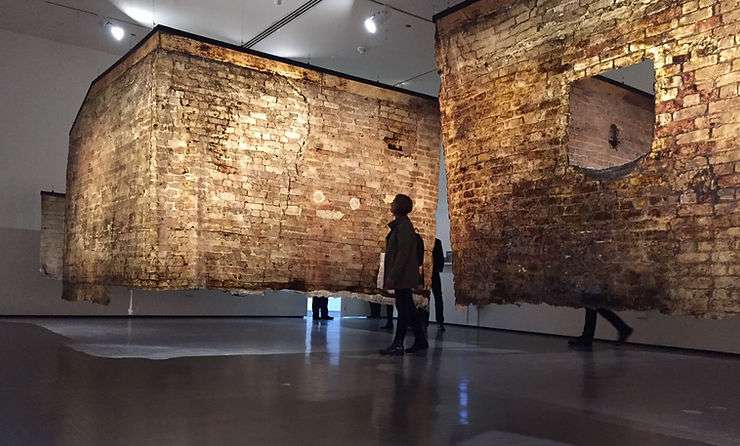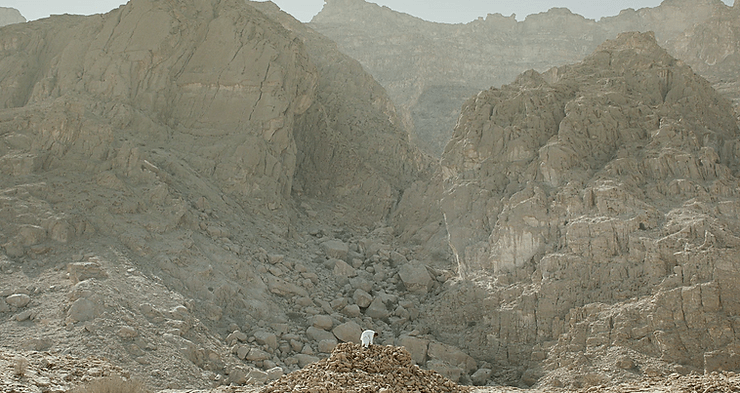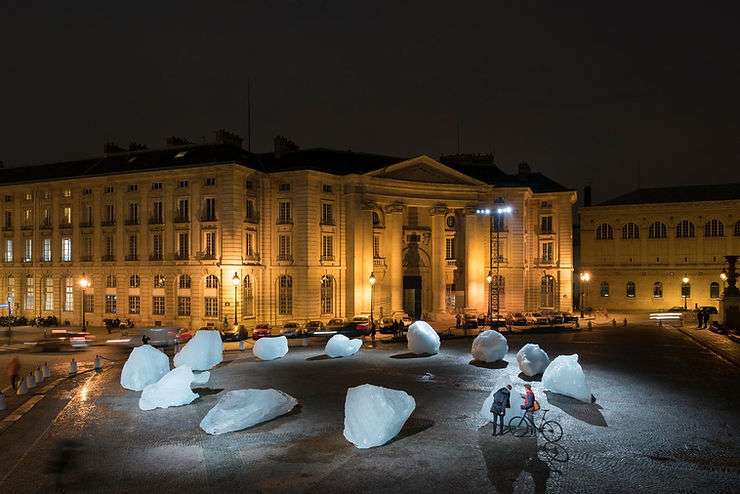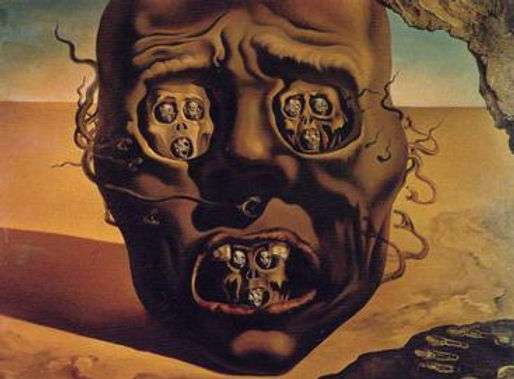The shocking fire that ripped through the Notre Dame Cathedral in Paris earlier this week has tragically made us realize that without proper maintenance and protection, heritage sites all over the world are extremely vulnerable to ruin. Keeping in mind this tragedy and in honour of World Heritage Day, also known as the International Day for Monuments and Sites, AF takes a look at the work and practice of two artists inspired by concepts of heritage conservation. Whether by directly involving themselves in preservation practices, or by creating work that uses archival research and archaeological findings, Ali Cherri and Jorge Otero-Pailos are drawing attention to the diversity and vulnerability of the world’s built heritage.
Jorge Otero-Pailos
Jorge Otero-Pailos is a New York-based artist best known for making monumental casts of historical buildings. He is also one of the most notable figures in the field of architectural preservation, and so passionate about cultural heritage, that when asked about the Notre Dame Cathedral fire on Monday and how the structure could recover, Pailos’ response was “It’s okay to cry”.
Through his artwork, he attempts to capture and represent the environmental history of important historical buildings like Westminster Hall in London and the Doge’s Palace in Venice. In his site-specific series, ‘The Ethics of Dust’, he uses the technique of latex-casting to transfer and preserve dust and pollution residue from the surfaces of these buildings. One of the first to experiment with latex casting, his technique is the very definition of ‘progressive preservation’. However, Pailos’ attempts at preservation don’t stop at dust; he has also used olfactory art to reconstruct the smells of the Philip Johnson Glass House in Connecticut. A pioneer in his field, Pailos has received awards from major art, architecture and preservation organizations including UNESCO.

Ali Cherri
A Lebanese filmmaker and visual artist based in Beirut and Paris, Ali Cherri’s recent works have been motivated by an interest in archaeology, especially in the context of his native Lebanon and the surrounding Middle Eastern and North African countries. When asked about how this interest developed Cherri said, “Being born in Beirut at the beginning of the civil war, I became aware of the aesthetics and politics behind ruins, whether it’s the violent war ruins, or more picturesque historical ruins.”
His 2015 film ‘The Digger’ is set in a 5000-year-old archaeological necropolis in the Sharjah desert, in the United Arab Emirates. Scenes from the film show the post-apocalyptic desert landscape, and the daily rituals of the necropolis’ solitary caretaker, who has worked for over 20 years to prevent the ‘ruins’ from being further destroyed. Cherri’s film reveals how the preservation efforts of one man alone can be so profoundly needed, reinforcing the idea on World Heritage Day that every single one of us can contribute to maintaining our beautiful built heritage.





